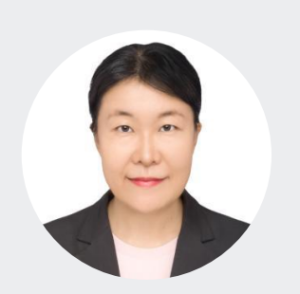Written by Mekong Institute
The research finding describes the existing maize cropping system in Leuk Daek District of Kandal Province, Cambodia. In-depth interviews were conducted with key actors: maize farmers, maize collectors and processors. It is an information mapping flow showing the maize management system. Also, constraints and problems facing maize production and its marketing were analyzed to find out its marketing system. In order to reach the goal, some research tools were employed namely in-depth interview, focus group discussion (FGD), key informant interview and cost and return analysis. In total, 110 samples including, 5 government agencies, 5 input supplies, 3 collectors, 1 processor and 96 maize farmers, were selected for interview base on the Yamane Taro function and purposive sampling in difference actors along the chain.
The finding shown that, there were many actors involved in the maize value chain, including downstream input suppliers as well as upstream collectors and processors. Leuk Daek district contributed nearly 39% of cultivated area out of Kandal province. Maize farmers tend to practice mono cropping of maize production. Only 29% of maize farmers conducted mixed crop and crop rotation practice with mungbean, sesame and rice with the water source from digging wells and Mekong River. Farmers relied mainly on chemical shops in terms of input supplies. Seeds and chemical pesticides were directly recommended by chemical shop dealer seasonally. Approximately 80% of the farmers received information on application of pesticides and varieties of maize from the chemical shop dealer while 8% get such services from agricultural company and 12% get these from fellow farmers and provincial and district agriculture extension.
On average, maize cultivation land is 1.50 ha in dry season, but it decreases to 1.37 ha in the rainy season. Farmers can access credits for their maize cultivation from banks, micro finance institutions, chemical shops (in term of inputs), and others institutions with the percentages of 18%, 11%, 67% and 4% respectively. Most of the high income farmers access credits from the banks or micro finance institutions while the lower income farmers generally rely on chemical shops.
Farmers sell maize directly to middlemen, where payment will be done within 3-7 days later. The maize collector distributes 80% of the maize to Vietnam and 20% of which to domestic factories. The price of maize is set by the collectors with a net profit of 50% if they sell the grain to the domestic factory, CP Cambodia, and which accepts only the good quality product that meet their requirements. The lower quality will be export to Vietnam with lower price. Farmers can get a profit of approximately 294 Riels (0.074 USD) per kilogram of maize while collectors would earn 41 Riels (0.010 USD) per kilogram.
Furthermore, some challenges were attended in the production stage. They are issues related to seed quality, high prices of inputs in-kind loan with chemical shop, corn borer outbreaks, flooding, fluctuation of maize prices in the market, lack of marketing information access and the limitation of government and extension service provision. In order to solve such challenges, some recommendations would be appeared. The effective group should be established to manage the market system and reduce cost of inputs. Also the government agency services should be improved and extended into the village levels. The services of micro providers should be improved for easier access with lower interest rate.


